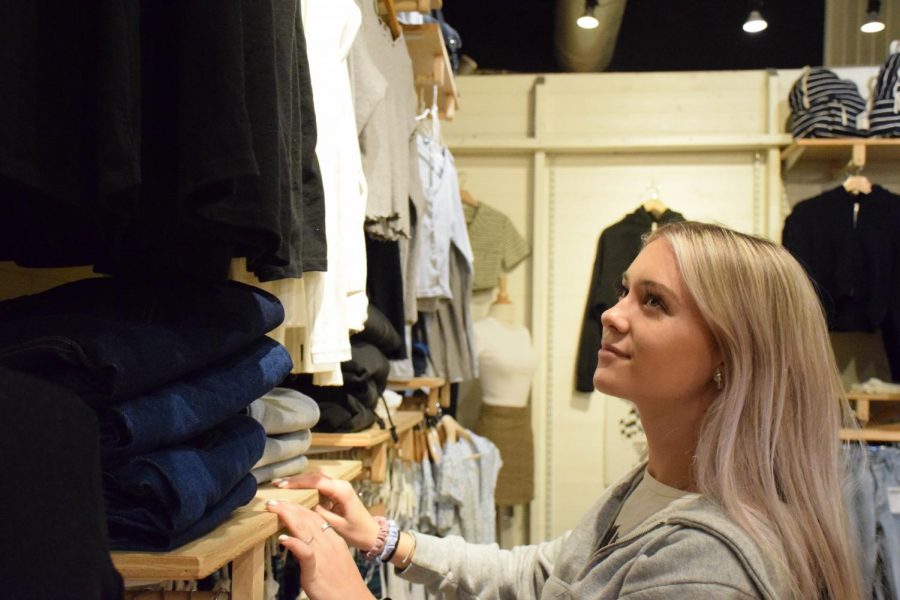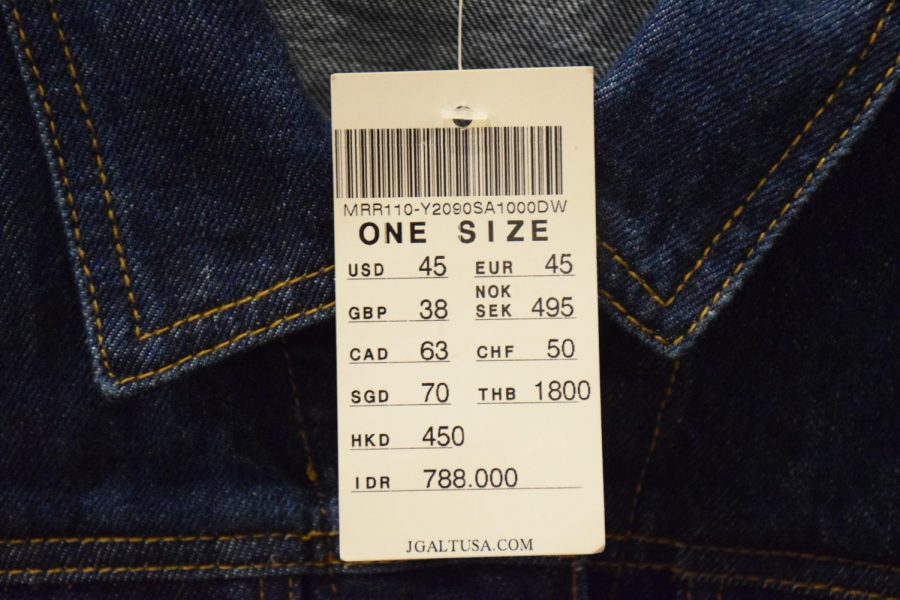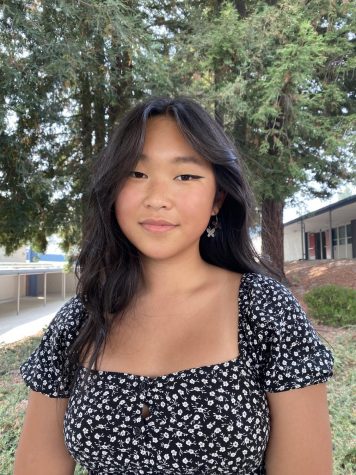Brandy Melville: Teen Fashion for the Exclusive
November 12, 2019
Brandy Melville’s storefronts may sport an array of chic mannequins dressed in the season’s favored pleated skirts and polo tops, but a more disturbing scene is revealed behind their fitting-room curtains: flocks of anxious teen girls struggling to zip up polyester pants 2 sizes too small.
Fashion lovers all over the world have begun to observe the diversity movement overtaking the clothing industry, proven by countless campaigns such as #AerieREAL and Rihanna’s #SAVAGEXFenty, both of which are lingerie brands that aim to represent women of all colors and sizes. Since many companies in the fashion industry have embraced this change, calling for more plus-size models and people of color in their campaigns, why is it then that Brandy Melville still refuses to follow in on the body-positivity trend?
Stocked with clothing reminiscent of effortless, cool-girl style, the brand Brandy Melville that originated in Italy back in the 1970’s has captivated the nation’s teenage girls. Notorious for their “1 size fits most” line and their lack of diverse employees, Brandy Melville’s target audience is not only defined by age and gender, but also limited by size and race.
A quick scroll through Brandy Melville’s Instagram reveals the true values of its brand. Brandy Melville models fit a particular formula: they are white, tall, and noticeably skinny.
Scrolling past hundreds of posts of white girls posing in cafes and on beach piers, it takes 5 minutes of expert diligence to finally land on a photo of a Black girl, dating all the way back to January 2018.
The comments left on the Instagram posts by the brand’s many teen devotees are just as disheartening. 1 girl commented, “I wish I was skinny enough to fit into Brandy skirts.” Another said, “I didn’t eat breakfast and dinner for 5 days before I went into this store just so I could fit into their pants.”
Brandy Melville’s skirts measure 24 inches at the waist, which is comparatively smaller than what the Centers for Disease Control and Prevention considers the “actual” average: 33-inches. It would also be impossible for the average American woman to fit into Brandy Melville’s size 2 pants, since it was reported by the International Journal of Fashion Design, Technology, and Education that the average American woman is a size 16 to 18.
Through the implication that girls who don’t fit perfectly into size 2 pants are not in the range of “normal,” Brandy Melville capitalizes on the insecurities of young women.
The exclusiveness of Brandy Melville makes it even more popular. Being skinny enough to fit into Brandy Melville skirts equates to fitting into societal standards, a status symbol of sorts. The peer pressure leaves girls who can’t wear them internalizing negative thoughts about their bodies and those who can with a guilty satisfaction that they are not left out.
Some would like to argue that Brandy Melville provides clothing for petite women just as plus-size stores cater to plus-size women. However, Brandy doesn’t advertise itself as such and their clothing wouldn’t actually fit girls who have waists smaller than 24 inches.
The glorification of skinny culture encourages the fostering of unhealthy body image, which can ultimately lead to eating disorders. According to WebMD, major factors of the development of Anorexia Nervosa in young women are low self-esteem and the influence of fashion magazines that purposefully represent only thin women as beautiful. And, according to WebMD, in a society where the perfect female form is overly analyzed and sought after, Anorexia Nervosa claims the most lives of any psychiatric illness.
Brandy Melville’s values are also reflected in their questionable hiring process. Anyone who has walked into a Brandy store can testify that the stores’ employees are all incredibly young, usually aged 14-18. According to sophomore Ella Fisher, who was approached and asked to work at the Walnut Creek branch last year by the store employees, the application process required her to give out her Instagram username and to also have a full body picture of her taken in-store so the employers could “see her style and aesthetic,” said Fisher. These hopeful hires are judged more upon their looks and the clothing they wear than than their actual work experience or skill set.
Brandy Melville’s popularity stems from their marketing strategy that utilizes real teen girls, not professionals, for everything ranging from in-store customer service to product research. In fact, both the photographer and the model behind every photograph that populates Brandy’s Instagram account and store walls are none other than the high-school amateurs themselves.
Suddenly, the clothing brand is not only endorsed by celebrities, but by arguably even more influential people: real-life popular girls who parade through their local high schools with Brandy Melville outfits. Such a strategy is certainly not hurtful, but there is no reason why the “popular girl” image couldn’t be transformed to include girls of more diverse backgrounds.
While many of Brandy customers admit they do not support the brand’s discriminatory values and policies, they are not willing to give up their privilege to shop there. Teen fashion Youtuber Marla Catherine, in an attempt to defend her support of the brand, said, “Their clothes are just so cute!”
Although Brandy Melville’s part to play in systematic sexism may seem small, its micro-aggressions are harmful for a new generation of girls who are becoming more aware of issues like race and gender. The next time you see a Brandy Melville tank top that you definitely need to buy, I implore you to think of the girls you are inadvertently hurting and the toxic culture you are fueling.


